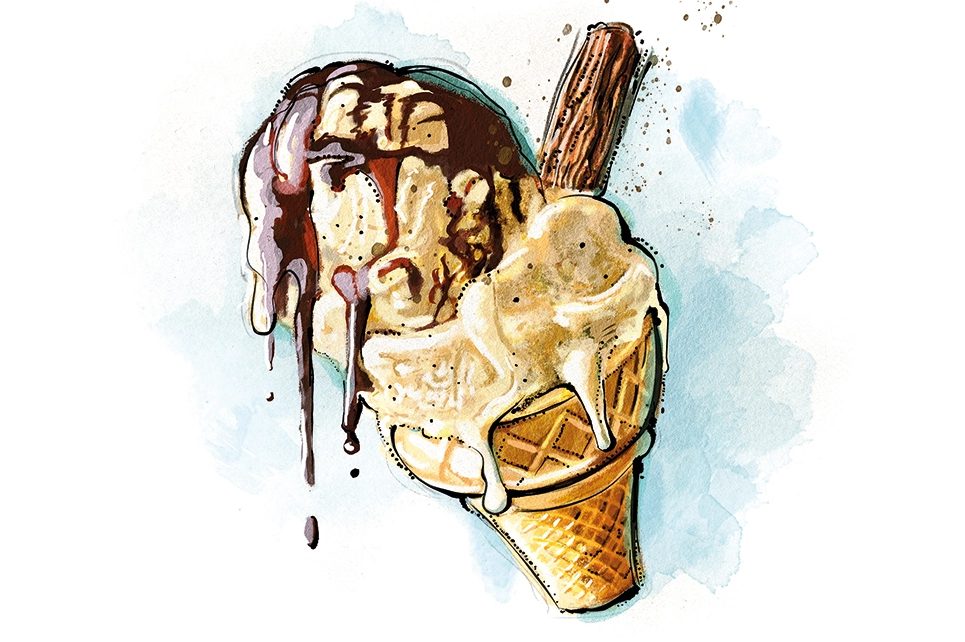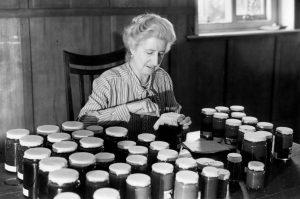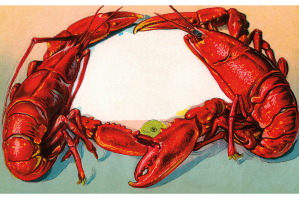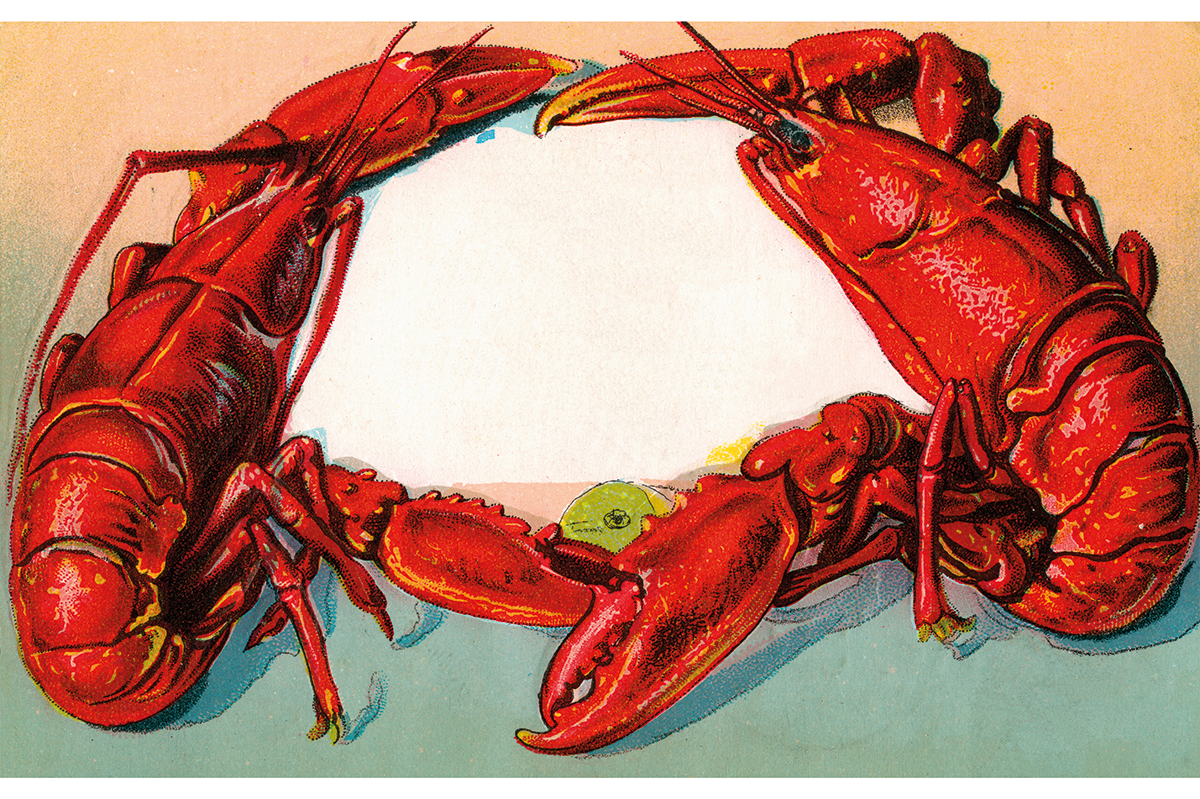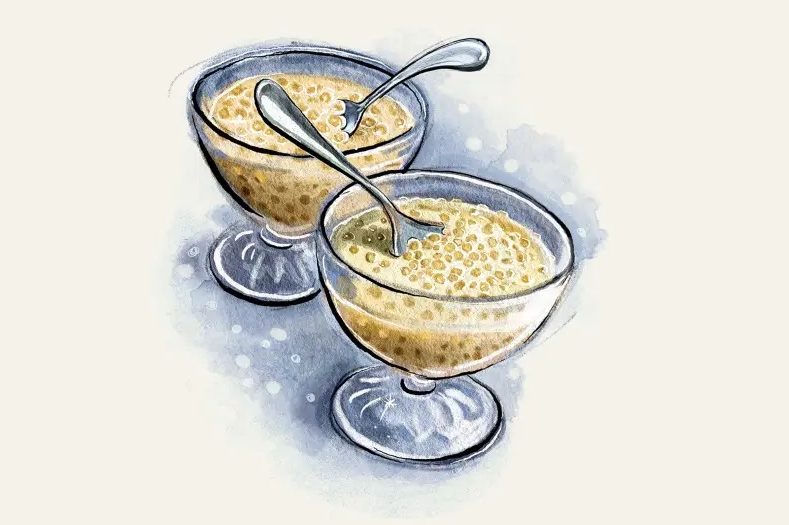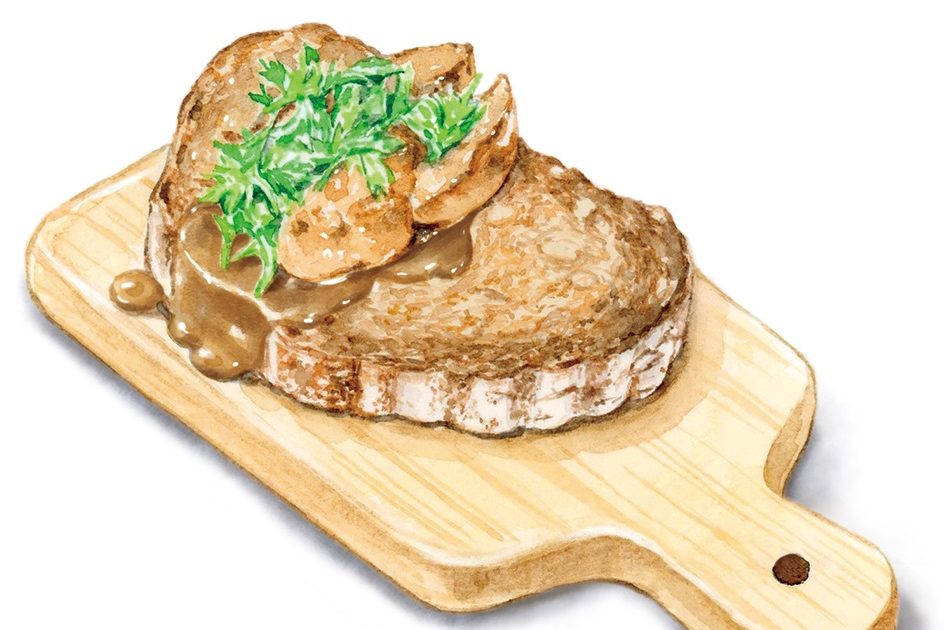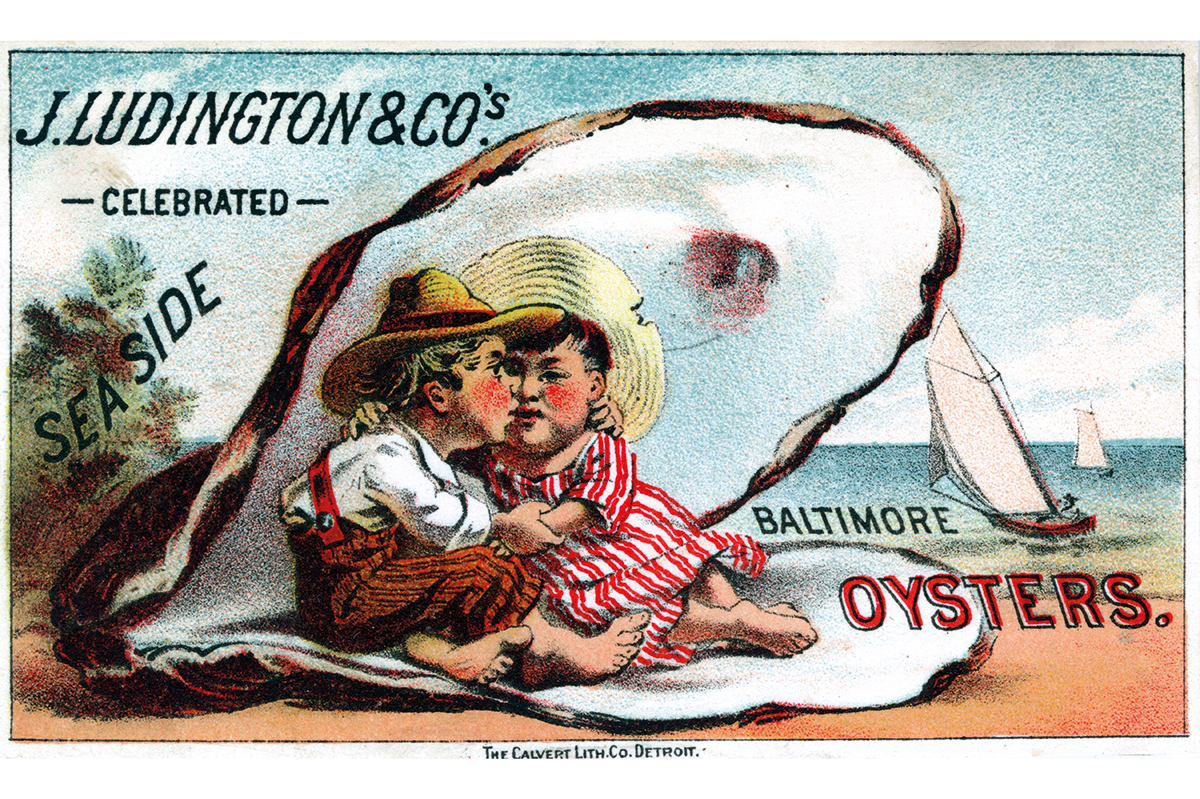I could map out my life geographically and temporally in scoops of ice cream. From the oyster delights handed over in tracing-paper napkins from Minchella’s hatch in South Shields on the beachfront, to the little silver coupe bowls of ice cream we ordered every night on family holiday in France (always the same, one ball of pistachio, one of blackcurrant). The perfect brown-bread ice cream I had at Andrew Edmunds in Soho when I first moved to London. An elder-flower ice cream with a damson swirl that we ordered on honeymoon in the Cotswolds; a strikingly memorable blue-cheese ice cream which was the first thing I ate upon arriving in Bilbao. A red-bean ice bar we were handed as we stepped out of a sweltering day in Georgetown into a cool and calm hotel. A single scoop of a rich, tangy, sticky cream-cheese ice cream that saved an otherwise lackluster meal. The taste I had of my husband’s “Kentucky chocolate” ice cream in Rome, a mixture of dark chocolate and tobacco, which he was lukewarm on, and I thought was perhaps the best ice cream of my life.
And then there are those I made. There was the summer I squirreled away every fig leaf I could lay my hands on, and we ate fig-leaf ice cream until Christmas. An unusually autumnal ice cream I made of barely sweetened crème fraîche with dark caramel-golden apple butter swirled through it. A stout ice cream that I can still taste when I think about it. I’ve made ice creams infused with nutmeg, with hot cross buns, with yeast (that one’s an acquired taste). My freezer drawer sometimes resembles a graveyard of the less successful ice creams that I can’t quite bring myself to throw away. I’m still ploughing my way through a vegan piña colada gelato — great at first, but now rock-hard — and a quince sorbet which tasted fantastically like liquid quince, but unfortunately wasn’t far off the texture of liquid quince.
I definitely have a wandering eye when it comes to ice cream flavors: I want to try all of them, the more unusual the better. But again and again I come back to the original and the best: vanilla. The fact that vanilla is a byword for boring and two-dimensional is a gross injustice. Endlessly aromatic, it can be incredibly floral, a little smokey, sometimes a touch fruity or even spicy. I honestly believe that vanilla is one of the most exciting flavorings you can use in cooking.
Gelati and sorbets have their places, but a proper custard-based ice cream is a thing of aesthetic and textural beauty: a pale 1970s magnolia base, heavily punctuated with vanilla freckles, kept rich and soft by the higher proportion of cream in the crème anglaise base. If you don’t have proper vanilla pods, you can make this with vanilla paste, but avoid vanilla extract or essence. You need the concentration and strength of the flavor here, you need the black speckles. It’s worth getting the good stuff.
Vanilla ice cream is the perfect foil to almost any pudding (the same cannot be said for yeast ice cream). Every type of crumble, pie or cobbler imaginable; raspberries and peaches in a peach Melba; chocolate sauce and soft poached pear in a pear belle Hélène; sticky toffee pudding; chocolate fondant: they all cry out for vanilla ice cream.
It is important to add that, due to the lack of stabilizers and additives — which of course is a huge part of the joy — homemade ice cream is at its best eaten as soon as possible after churning. And that’s what we did. We ate this sitting in the garden, first as affogato, freshly frozen and then drowned in hot espresso, so the last few spoonfuls melted into a coffee milkshake. The next day we had it in perfect boules, alongside an apricot and orange blossom compote. But given the beauty of proper vanilla ice cream, it’s just as good scooped straight into a cone, and eaten before the ice cream starts to run down your arms towards your elbows.
Makes 1 pint
- 1 vanilla pod
- 10½ oz heavy cream
- 6¾ fl oz whole milk
- 4 egg yolks
- 5⅓ oz superfine sugar
- If you have an ice-cream maker with a chamber that requires freezing in advance, do so
- Slice open the vanilla pod lengthways with a sharp knife. Using the back of the knife, scrape out the seeds and place them, along with the pod, into a medium-sized saucepan. Add cream and milk, bring to simmer, then remove from heat and leave to cool for thirty minutes so the vanilla can infuse. Remove the pod
- Return the mixture to the heat, and bring back up to simmer. Meanwhile, whisk together the egg yolks and sugar in a bowl until very pale
- Pour a ladleful of the hot milk and cream onto the egg yolks, whisking it in to combine. Repeat with two more ladlefuls of hot milk, then pour the egg yolk mixture into the remaining milk and cream in the pan
- Cook over a very gentle heat, stirring constantly with a spatula until the mixture has thickened to the texture of light cream. If you lift up your spatula and draw a finger through the mixture on it, it should form a line which the mixture does not rush to fill
- Sieve the mixture into a jug or bowl, cover with plastic wrap directly touching the liquid, and refrigerate until completely cold
- For ice-cream makers, churn according to the manufacturer’s instructions. Serve immediately for soft serve, or decant into a freezer-safe container and freeze for several hours for firmer boules. If you don’t have an ice-cream maker, pour the cold custard into a freezer-safe container. After thirty minutes, remove from the freezer and gently but thoroughly whisk the mixture, breaking up any ice crystals. Repeat every thirty minutes or so until the mixture is thick and very smooth.
This article was originally published in The Spectator’s UK magazine. Subscribe to the World edition here.



